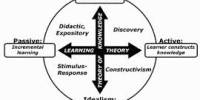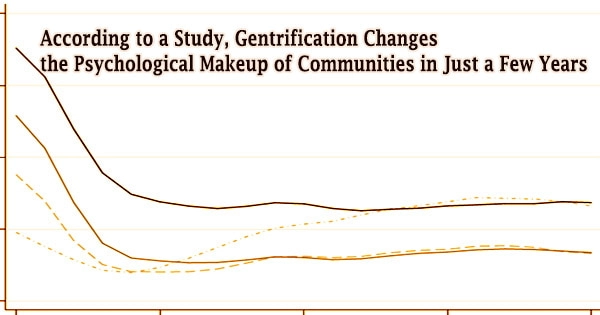Adolescents constitute a nation’s core resource for national renewal arid growth. Adolescence is a period in life when transition from childhood to adulthood takes Place and behaviors and lifestyles are shaped. According to the World Health Organization (WHO), adolescence is the period which shapes the future of girls’ and boys’ lives. There are 28 million adolescents in Bangladesh; 13.7 million of them are girls and 14.3 million boys.
The situation of adolescent girls in Bangladesh is characterized by inequality and subordination within the family and society. This inequality leads to a widespread practice of child marriage, marginalization or exclusion from health, education and economic opportunities, and vulnerability to violence and sexual abuse.
In Bangladesh, the legal age of marriage is 18 for girls and 21 for boys. However, 33 percent of adolescent girls are married before the age of 15 and 60 percent become mothers by the age of 19. Research finds that adolescents with a higher levels of education and from more affluent families tend to marry at a later age. Boys, however, become ready for marriage only after several years of adolescence and young adulthood.
When a girl gets married, she usually drops out of school and begins full-time work in her in-laws’ household. In the in-laws’ house, she is marginalized. She becomes vulnerable to all forms of abuse, including dowry-related violence.
In Bangladesh, it is still common for a bride’s family to pay dowry, despite the practice being illegal. Dowry demands can also continue after the wedding. For an adolescent bride, even if her in-laws are supportive, there are greater health risks in terms of pregnancy and childbirth. The majority of adolescent brides and their families are uninformed or insufficiently informed about reproductive health and contraception. The maternal mortality rate for adolescents is double the national rate.
When adolescent girls are pulled out of school, either for marriage or work, they often lose their mobility, their friends and social status. The lack of mobility among adolescent girls also curtails their economic and non-formal educational opportunities. Moreover, they lack information about health issues.
According to a study, only about three in five adolescents have even heard of HIV. It is also reported that more than 50 percent of adolescent girls are undernourished and suffer from anemia.
Adolescent fertility is also high in Bangladesh. The contribution of the adolescent fertility rate to the total fertility rate increased from 20.3% in 1993 to 24.4% in 2007. Moreover, neonatal mortality is another concern for younger mothers.
While the situation for adolescent boys is somewhat better, many are vulnerable and lack the power to make decisions about their own lives. Many boys who are unable to go to school, or are unemployed, remain unaware of social or health issues. They are at considerable risk of being drawn into criminal activities. They are also more likely to get exposed to drugs and alcohol.
















